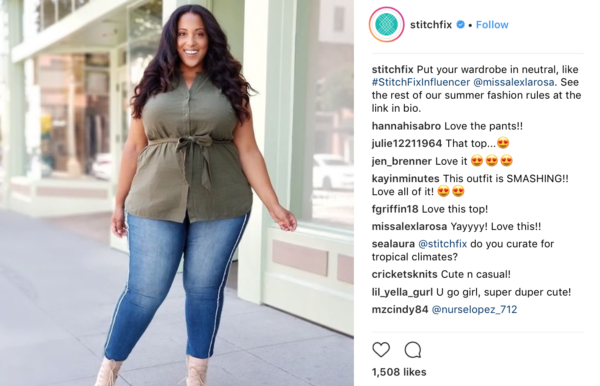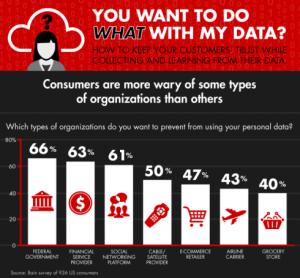— July 24, 2018
Emma Watson has a bookclub with more than 215,000 members, and she shares book recommendations there and on her Instagram (which has more than 47 million followers) with a note about why she recommends it. If you were an author, what would you give to have her feature your book? Imagine what it could do for prestige, sales, and awareness.
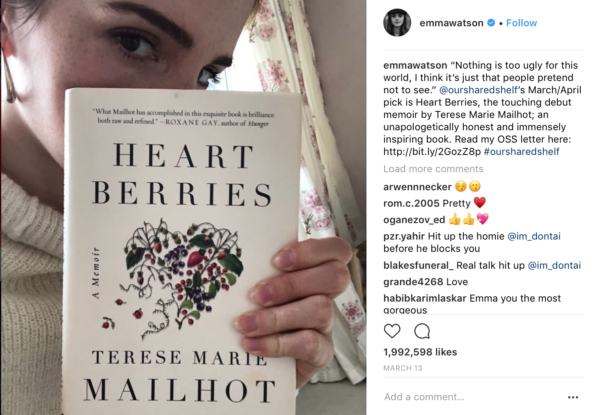
Influencer marketing can be powerful– and it can yield very different types of results. They can also incite backlash, causing negative consequences for businesses.
Following a “would you rather” ad where viewers were asked if they wanted to slap Rhianna or punch Chris Brown, Rhianna accused Snapchat of promoting domestic violence just for approving the video. She deleted hers, and Snapchat lost 800 million. Kylie Jenner caused a similar ripple earlier on, costing the platform 1.3 billion after posting “does anyone else not open Snapchat anymore?” on Twitter.
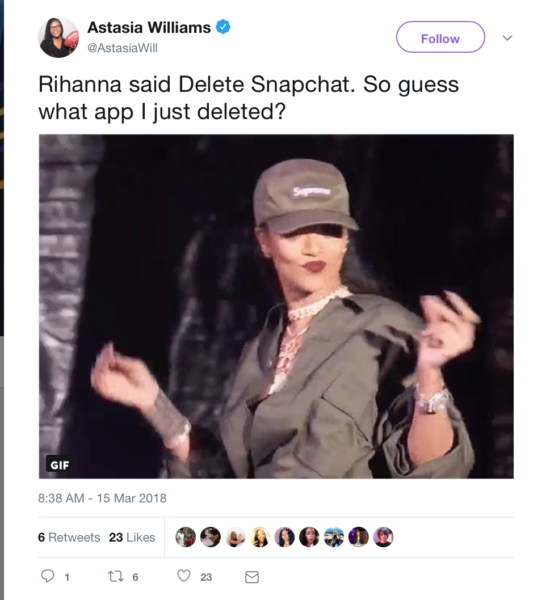
There’s no denying that the opinions of powerful people with large audiences can sway those observing them, and social media has given many people this capability– even though who didn’t have platforms before. Bloggers, industry experts, and even just people who have managed to get a lot of followers with great content can all have an impact on the brands they discuss online.
In this post, we’re going to go over how you can get the most out of influencer marketing on Facebook and Instagram, allowing you to maximize your results and eliminate the risk of backlash.
1. Find the Right Influencers
Want to get the most out of your influencer marketing campaigns?
You need to find the right influencers.
For many businesses, this actually won’t be big name celebrities. Sure, Kim Kardashian saying she uses Grammarly might get some people to sign-up, but it would likely irritate some professional marketers and turn them away from the tool instead.
Micro-influencers are becoming increasingly powerful on social media. These influencers may only have around 10,000 followers, but these followers are engaged and they trust the influencers. Bloggers and industry experts are a good place to start, and they’re likely to be a lot more willing to work with your or test out your product than those with a multi-million follower count.
You’ll want to do some research to find these influencers. You should always choose people whose audiences align with your core audience, or at least a niche of it.
There are a few tools that can help with this. BuzzSumo is my personal favorite. When searching for influencers, you can search for key phrases they use in their bio or for phrases in content they’ve shared.
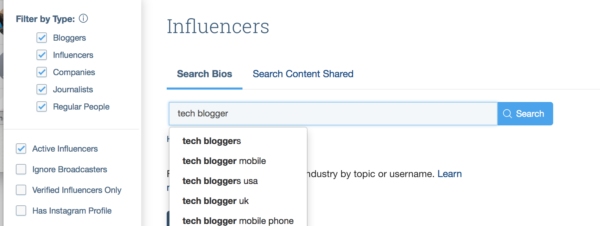
You can see specific stats on individual influencers, including their page and domain authority, followers, and the average number of retweets their tweets get. You can look at specific topics they discuss most frequently and create a list of influencers that you think would be a good fit for your business and then reach out to them.
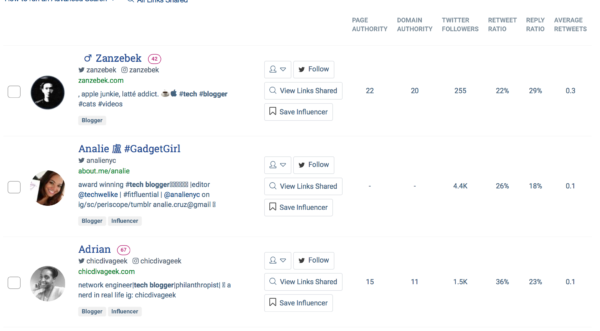
2. Don’t Break Any Rules
Ok, this is a big one. You don’t want to break any ethical (or technical) rules. Some of these are specified by platforms, while others are common sense.
Influencer marketing posts must:
- Acknowledge that they’re sponsored or (at the least) that the influencers were given the product in exchange for a free review. Transparency is important. Even a quick hashtag can accomplish this.
- Influencers must have actually tried a product or service if they’re going to say that they’ve used it; no swearing by “detox teas” when the real reason you lost weight was a personal trainer and a different diet.
- Influencers must be honest about their experience; if they were paid to write a review, they are morally obligated to say if that experience was negative.
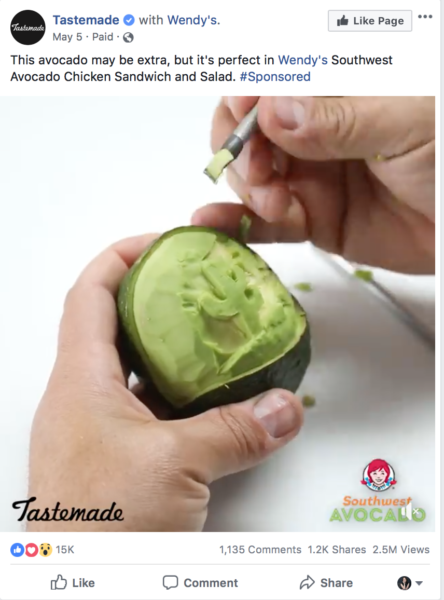
It’s typically pretty easy for most savvy users to spot a sponsored post online, but for the sake of transparency, it’s best to acknowledge that the post is sponsored before the fold. This could include using #sponsored, but if you do this, make sure it isn’t buried twelve hashtags deep in to a block of fifteen different hashtags.
3. Add Sponsored Tags When Possible
In order to prioritize transparency, both Instagram and Facebook have created similar “paid partnership” tags that influencers can add to any sponsored posts. The tag will appear above the image, and though unobtrusive, it’s still informative.
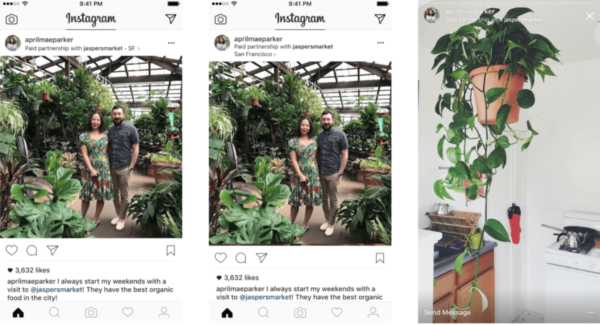
To add a business partner on Facebook, go to your Page’s settings and then click on the Branded Content section.
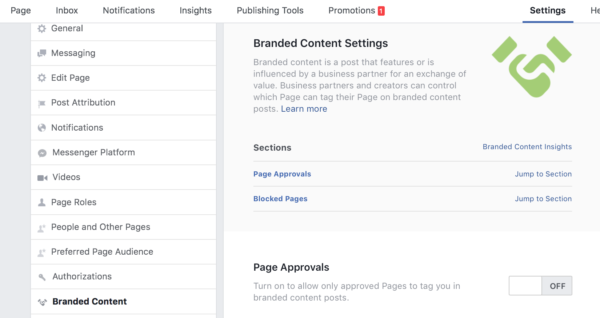
You can turn on Page approvals and only allow specific Pages to mention you in branded content, and then add them accordingly, or keep it off to allow any Pages to mention you.
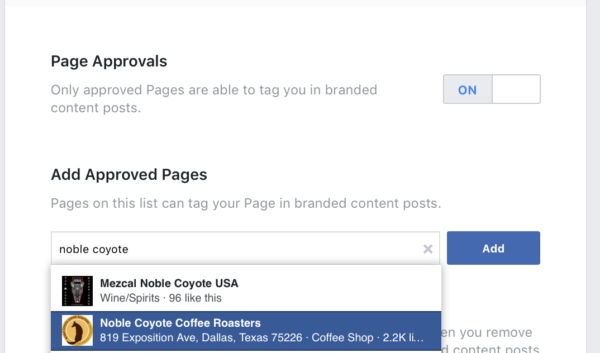
4. Have Both Parties Share the Influencer’s Content
This is a simple tactic that will carry a lot of weight. If both parties share the influencer’s content on multiple social media platforms, it will unsurprisingly send the overall reach skyrocketing. Cross-promotion is always best. When you share the content on your profiles, it will give you some extra credibility from people who are following you and build valuable social proof. When the influencers share the content, it will introduce their audience to your brand, and hopefully send them over your way. In order to get the full benefits, the content needs to be shared on both.
5. Diversify The Types of Posts
If the influencer you’re working with is up for helping you create multiple posts (or if you’re reaching out to multiple influencers), shake things up. Go live for Q&As, showcase them in stories behind the scenes, share still-image posts and videos of them using your products. See what types of posts work best for you, and keep in mind that diversifying content will not only give you more to test, but more for your audience to respond to, too, by helping to keep them engaged. Sometimes, after all, video is the best medium to capture the effectiveness or experience of a product or service.
6. Tag the Influencers for Maximum Visibility
Tag influencers in your posts for maximum visibility. Believe it or not, this something a lot of brands forget to do. Similarly, you should ask influencers to tag your brand in the description even if they’re using the sponsored post tag. Users will be able to click on your name to learn more about your brand and research the product or service they’re interested in.
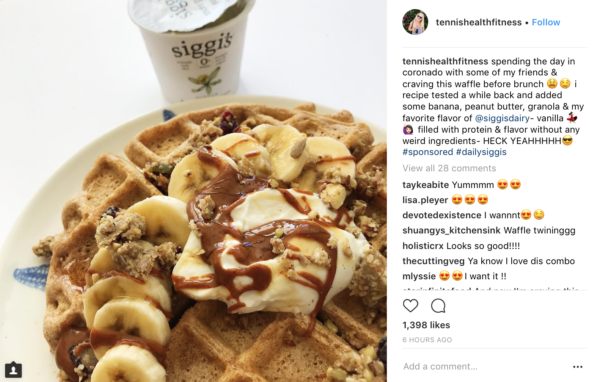
Conclusion
Influencer marketing can be a powerful force, so make sure you’re getting the most out of your campaigns with these different strategies. When running your campaigns, always remember that authenticity and transparency are so important, so take every effort to make sure that you’re being honest with your followers and that the influencer is, too. This will minimize any potential backlash and make your campaigns more effective.
What do you think? How do you utilize influencer marketing to promote your business? Which of these steps do you take to maximize your results? Share your thoughts and questions in the comments below!
Digital & Social Articles on Business 2 Community
(70)
Report Post
